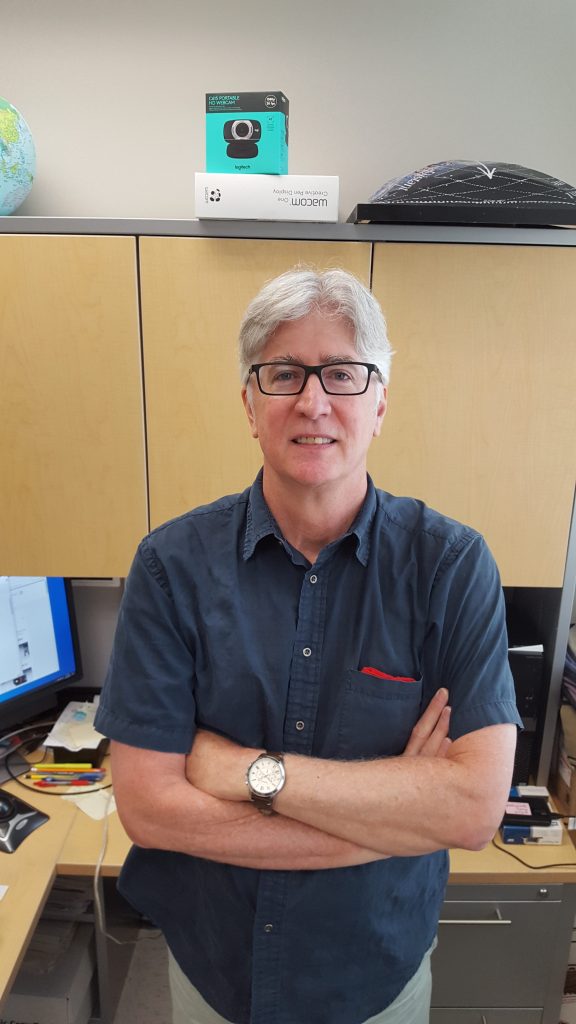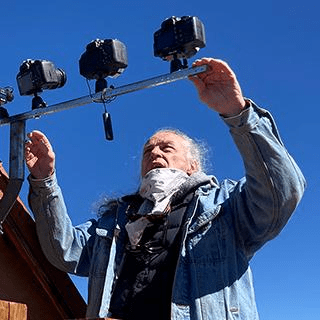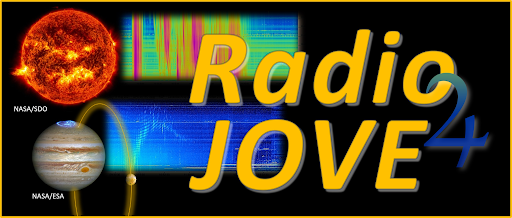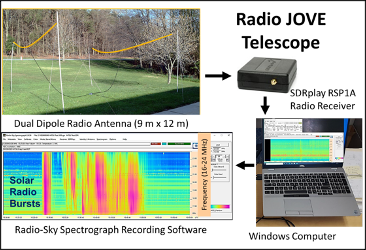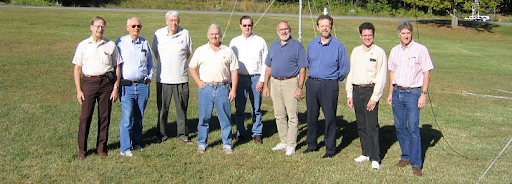Radio JOVE
Jupiter, the Sun, the Earth’s Ionosphere, and the Milky Way galaxy all produce radio signals that you can detect from your backyard. Radio JOVE helps students and amateurs build their own radio telescopes and tune in to these signals. Participants may assemble and operate their own 16-24 MHz radio spectrographs and collect data for multiple science projects.
AGES
14 and up (knowledge of high school science required)
Division
Heliophysics
where
Online or at home/school with radio telescopes
launched
1999
What you’ll do
- Learn about radio astronomy and build your own radio telescope.
- Tune in to signals from our Solar System and beyond.
- Contribute data to projects related to solar eclipses, lightning, the galactic radio background, and more.
- Generate and exchange data and ideas with other participants.
Requirements
- Time: Minutes to connect to online radio telescopes, hours to assemble your radio telescope.
- Equipment:
- A Windows computer with internet to connect to other radio telescopes.
- A radio telescope kit and antenna parts ($300-$500 total).
- A field located away from cities where you can set up an antenna.
- Knowledge: High school science. Self-guided training modules are available.
Get started!
- Read the Getting Started page
- Check out the library of Training Modules, available in both PDF and video formats.
- Download the free Radio-Sky Spectrograph software to view streaming data from other radio observatories.
- Register with the Radio Jove Groups.io group to interact with the Radio JOVE project members.
- Order a kit to build your radio telescope. Kit arrives in 2-3 weeks.
Image credit/creator: Larry Dodd, K4LED
Learn More
Read the Radio JOVE Bulletin, a regular newsletter of radio telescope news, alerts, and resources.
Check out the livestream from volunteer Larry Dodd’s radio telescope.
Get to know the people of Radio Jove!
